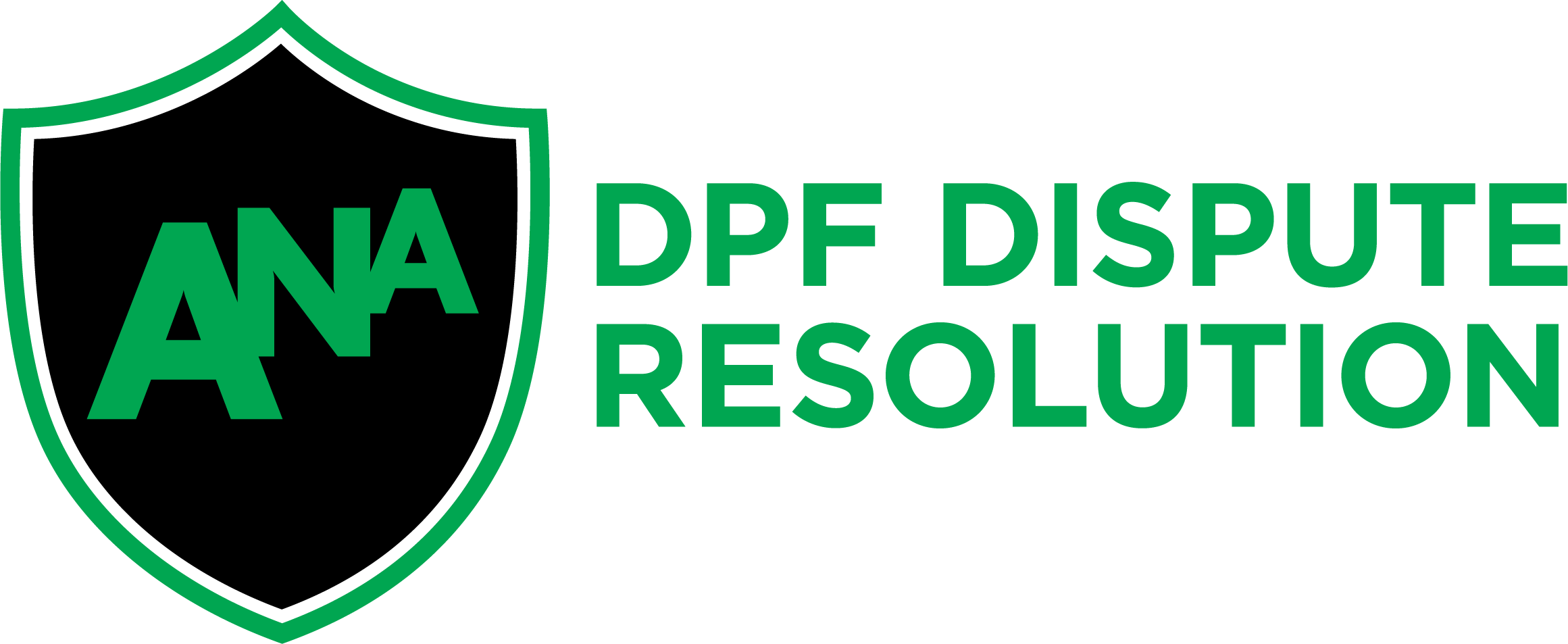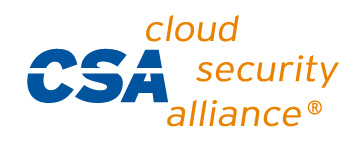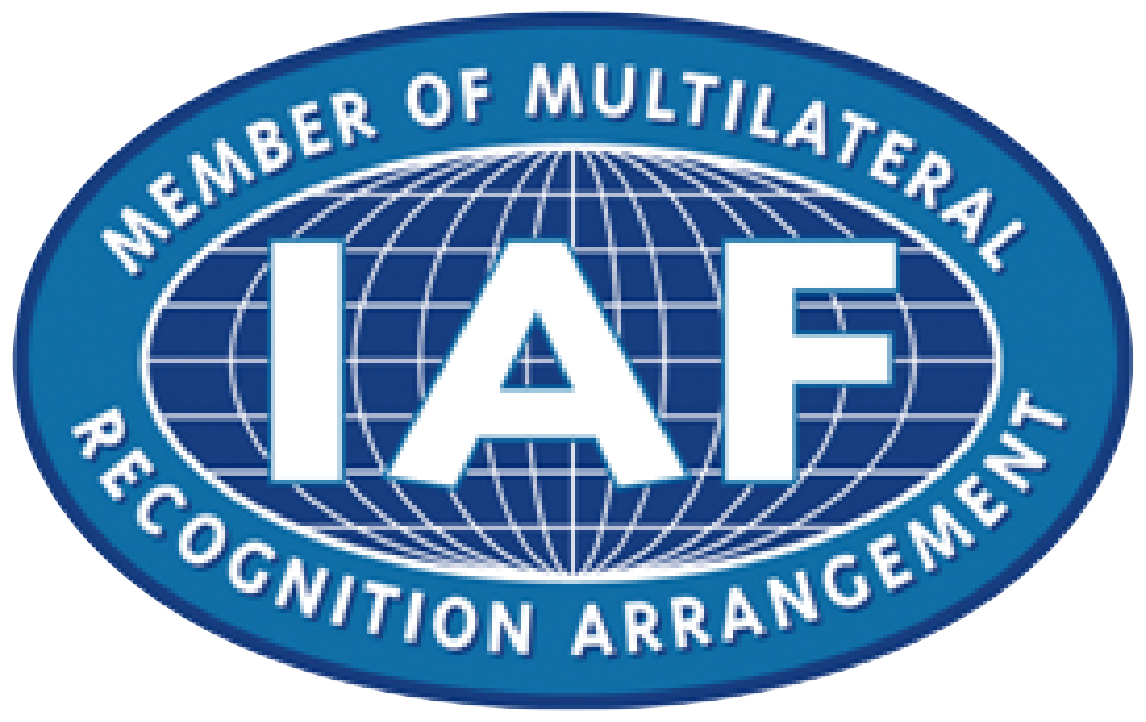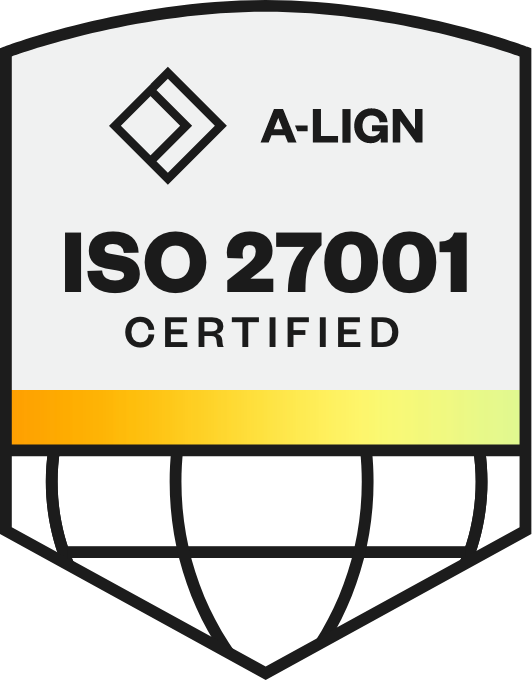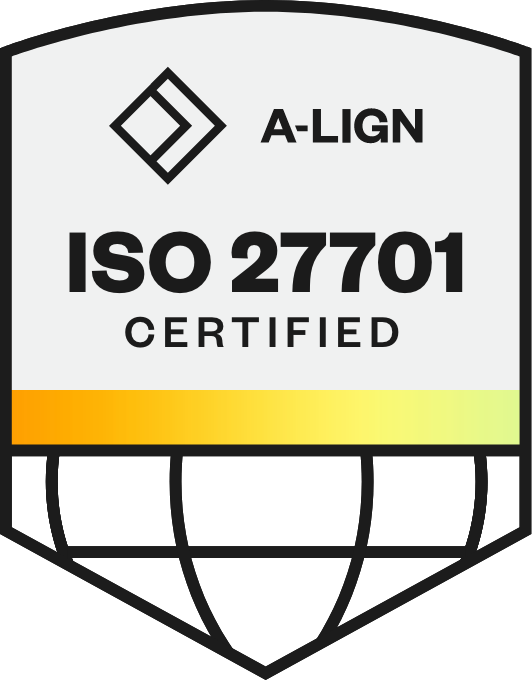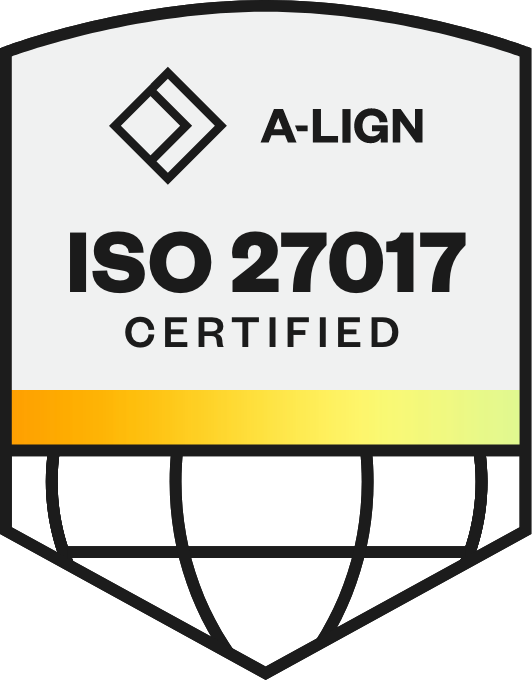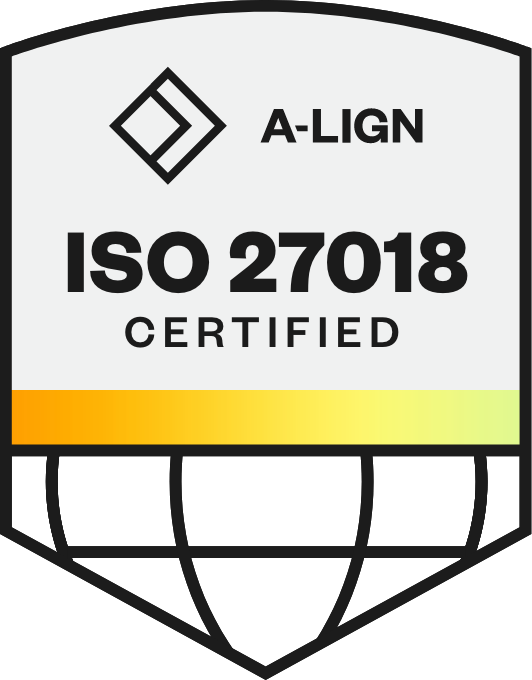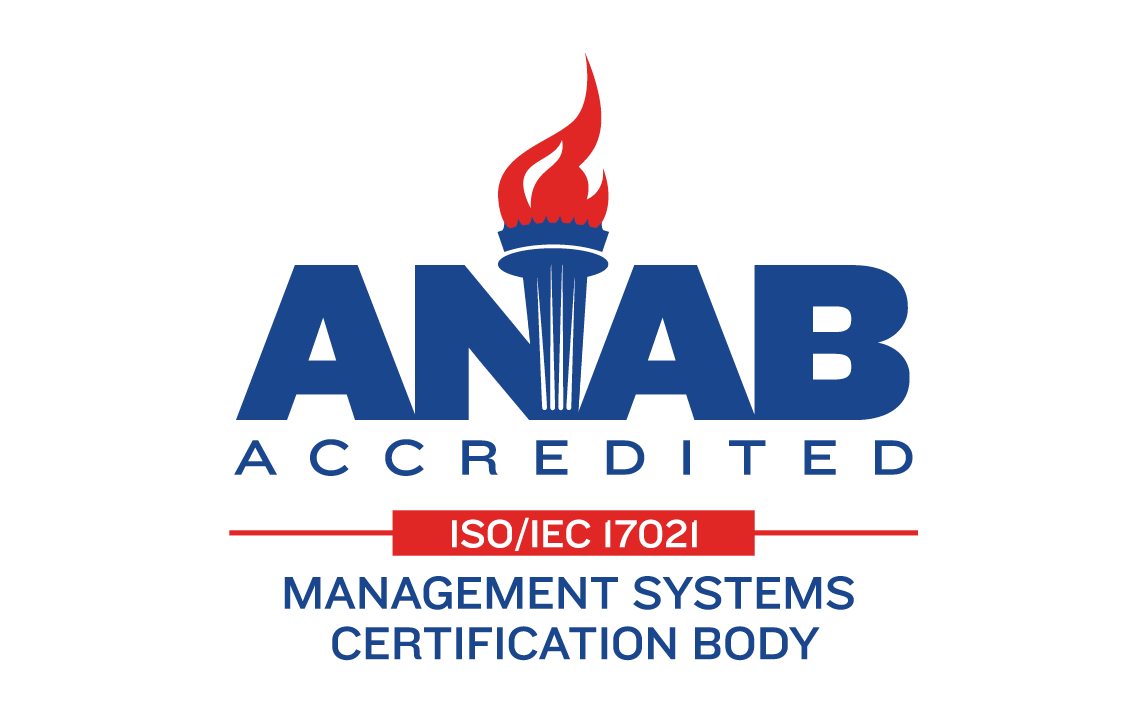
SaaS Implementation Success: A Strategic Guide for HR Leaders
Rolling out new HR technology is rarely smooth. Budgets grow, timelines slip, and adoption stalls — leaving leaders with an expensive platform that no one is using. A recent Sapient Insights study found that only 13% of implementations meet or exceed expectations, despite heavy investment across the $81.8B HR tech market.
The real problem isn’t the software. It’s the way SaaS implementations are approached: unclear goals, scattered ownership, poor change management, and a lack of follow-through after launch.
This guide is designed to change that. Inside, you’ll find what SaaS implementation involves, the five elements that drive successful outcomes, proven ways to overcome common obstacles, how to measure progress, and examples from companies that turned their implementations into growth engines.
In This Article:
What is SaaS Implementation?
SaaS implementation is the structured process of adopting, configuring, and integrating a cloud‑hosted software platform into an organization. It involves replacing or enhancing existing systems with a centrally hosted solution that can be accessed through the web.
Unlike traditional on‑premise deployments, SaaS implementation also includes aligning the software with business goals, preparing data for migration, connecting it with other tools, and ensuring employees are trained and supported so that the new platform becomes part of day‑to‑day operations.
Understanding the Implementation Process
A typical SaaS implementation follows a clear sequence:
Assess needs and select a vendor – define goals, success criteria, and choose the right partner
Migrate and integrate data – clean legacy data, migrate records, and ensure systems work seamlessly together
Configure workflows – adapt the platform to reflect your processes, security requirements, and compliance needs
Train and manage change – equip teams with training and create champions to drive adoption
Continuously optimize – monitor usage and outcomes, refine processes, and expand capabilities over time
Related: Implementation Lessons Learned – Building Success Through the Good, the Bad, and the Ugly
The Five Elements of SaaS Implementation
Successful implementation depends on five interconnected elements. Together, these ensure the software delivers measurable results instead of becoming just another unused tool.
1. Strategy & Planning
Every strong implementation begins with a clear strategy. This stage is about connecting the platform’s capabilities to the organization’s goals and creating a roadmap that anticipates growth.
Key actions at this stage include:
Defining success metrics
Mapping current workflows
Setting realistic timelines
Flagging potential risks before they disrupt progress
Discovery tools or templates are often used to document these decisions so they stay visible throughout the project.
2. Stakeholder Engagement & Change Management
Technology alone doesn’t drive change — people do. Engaging stakeholders early builds ownership and reduces resistance. Executive sponsors set direction, while internal champions guide their peers and provide feedback during configuration and rollout.
Clear, honest communication about the “why,” timelines, and what changes to expect makes it easier for teams to adapt. Ongoing support is just as important as the initial training, so adoption doesn’t taper off after launch.
3. Data Migration & System Integration
Clean data and seamless integrations form the backbone of a trustworthy platform. Before migration, legacy data needs to be audited, standardized, and backed up. Integration planning covers all the systems that need to work together — from HRIS and ATS to authentication and security tools.
Testing these connections in controlled environments ensures smooth data flow and eliminates issues before full deployment.
Related: Making the Case for HR Innovation & HR Tech Consolidation with Amwell
4. Configuration & Testing
This phase turns a standard SaaS platform into a solution built for your organization. Configuration involves setting permissions, adjusting workflows, and customizing dashboards.
Pilot testing with a smaller group of users is essential at this stage — it highlights workflow gaps and usability issues that need to be corrected before a full rollout. Once stable, the deployment can expand gradually, focusing first on essential features that provide early wins.
5. Training, Support & Optimization
Implementation doesn’t end at launch. Continuous improvement keeps the platform relevant as needs evolve. After launch, training shifts from basic feature demonstrations to real-world application, with resources tailored to different user roles.
Formal support channels and peer communities encourage knowledge sharing, while regular reviews of adoption metrics and outcomes guide further refinements and the introduction of advanced features.
Keys to Successful Implementation
Even the best software fails when execution falters. Moving from investment to measurable outcomes requires more than a plan on paper — it takes clarity about what makes implementations work in practice, an awareness of the obstacles that can slow progress, and the discipline to track results long after launch.
5 Critical Success Factors and Best Practices
To bridge the gap between planning and results, successful teams should focus on a few proven factors that influence every stage of implementation. These best practices create optimal conditions for adoption, long‑term value, and measurable business impact.
1. Establish Clear Objectives
Before a single line of data is migrated, define what success means for your organization. Vague goals such as “improve recruiting” aren’t enough — specific outcomes keep the team aligned and make progress measurable.
Identify 2–3 measurable outcomes, such as reducing time-to-hire by 30% or increasing candidate applications by 25%
Use these goals to guide feature selection, timelines, and training priorities
Companies that define clear success metrics early are twice as likely to meet expectations
2. Choose the Right Provider
Choosing the software is only part of the decision; how well your provider partners during rollout often determines adoption. A provider that offers guidance, structured onboarding, and ongoing support will carry you past the technical go-live.
Whether the provider brings a defined implementation methodology (not just software)
The quality of post-launch support: customer success managers, training resources, and community forums
Organizations with strong provider partnerships often achieve faster adoption and better ROI within the first year
3. Prioritize Data Quality
Even the best platform won’t perform if the underlying data is poor. Migrating outdated or inconsistent records often leads to reporting issues and user frustration later.
Auditing and cleaning legacy data before migration begins
Setting data governance rules for accuracy and consistency post-launch
One global firm found that 18% of its records were duplicates; fixing this before migration saved weeks of manual corrections
4. Manage Change Effectively
Change management is the make-or-break factor for user adoption. Most resistance comes from uncertainty, not the technology itself. Create trust and confidence by involving people early.
Engage executive sponsors to communicate the “why” behind the implementation
Identify internal champions who can support their peers during the transition
Offer training in different formats — live sessions, recorded demos, and self-paced guides — to match varied learning styles
5. Continuously Monitor and Optimize
SaaS implementation doesn’t end at launch. Teams that treat rollout as an ongoing cycle of refinement maintain adoption and expand the system’s value over time.
Track adoption metrics, user feedback, and business outcomes every quarter
Use these insights to introduce new features, refine workflows, or deliver refresher training
Thales, for example, moved from 20% to 95% recruiter adoption after regularly reviewing metrics and adjusting processes
Common Challenges in SaaS Implementation and How to Overcome Them
Even with a strong plan and best practices in place, certain obstacles tend to appear in almost every rollout. Understanding these challenges early — and knowing how to address them — helps keep your implementation on track.
Data Migration Complexities
Legacy systems often hold data in inconsistent formats, with duplicates and incomplete records scattered across platforms. These issues can slow implementation and cause reporting errors if carried over to the new system. Address this by auditing and cleaning your data before migration, standardizing formats, and maintaining backups until the new environment is stable.
Related: The Ultimate Guide to a Seamless Talent CRM Migration
Integration with Existing Systems
Modern HR operations depend on multiple interconnected tools, so new software must work seamlessly within that ecosystem. Integration issues — whether caused by incompatible data structures, authentication conflicts, or workflow mismatches — are among the top reasons projects fall behind. The solution lies in planning integrations early, testing them in a controlled environment, and resolving conflicts before they affect live operations.
User Adoption and Resistance to Change
Even the best platform fails if the people who need it don’t use it. Resistance often comes from a lack of involvement during planning, unclear communication, or fear that the system will make work harder. To overcome this, involve end users from the start, explain the benefits in terms of their day-to-day work, and create peer champions who can support their colleagues during the transition.
Underutilization of SaaS Solutions
Getting a system live is only part of the challenge; using it to its full potential is what delivers value. Many teams rely on basic functions while ignoring advanced capabilities, often because of limited training or awareness. Schedule post-launch reviews, provide additional learning opportunities, and encourage teams to experiment with features that support their goals.
Related: Overcoming Implementation Pitfalls with talentEXP
How to Measure Implementation Success
The impact of a SaaS rollout isn’t measured by whether the system is live — it’s measured by whether it is being used and creating value. A complete evaluation looks at three dimensions:
Adoption metrics such as login frequency, feature usage, and completion of training programs show whether employees are engaging with the platform.
Business outcomes like reduced time-to-hire, better candidate experiences, and lower costs demonstrate the tangible benefits of the new system.
Data health — fewer errors, standardized records, and cleaner analytics — indicates that the platform is producing reliable insights.
Combining these metrics with user feedback gives a balanced view: the system isn’t successful just because it works; it’s successful when it’s used properly and creates value.
Already a Phenom customer? Get dedicated advice to support your Phenom implementation journey here.
Real-World Implementation Success Stories
These case studies highlight how different organizations turned stalled rollouts into measurable results by focusing on adoption, alignment, and continuous improvement.
Thales: Driving Adoption Through Change Management
Thales, a 68‑country global technology company with 80,000 employees, needed to overhaul how its 250‑person TA team worked. Recruiters were drowning in manual tasks — scheduling interviews, updating ATS records, and sifting through hundreds of resumes — while candidates faced a slow, static application experience. Despite beginning their SaaS rollout in 2022, they hit a wall: no clear ROI, slow adoption, and strong internal resistance to leaving familiar systems like Workday.
Thales shifted focus from the tool itself to the why and how of adoption:
Clearly defining business outcomes (reducing manual work, improving candidate experience, and enabling proactive sourcing) and communicating them to all stakeholders
Building a bi‑directional integration so recruiters could work entirely inside the new platform without “swivel‑chairing” between Workday and Phenom
Using automated Interview scheduling, skills-based sourcing, and a dynamic career site to replace their “post and pray” hiring approach
Establishing change champions across 68 countries to drive peer‑level adoption, alongside a global competition to build engagement.
Jim Shultman, Vice President of Talent Acquisition for the Americas at Thales, explained: “First and foremost, you have to define your business outcomes… Once that worked, our integration between Workday and Phenom was perfect. And once the system worked, the resistance dropped and adoption took off.”
The Impact:
24% faster time‑to‑hire
15 recruiter hours saved weekly
Over 150,000 automations used
Usage grew from 20% to 95% within 18 months
More than 4,500 hires sourced directly through Fit Scores or rediscovered leads
Read the full story: How Thales Achieved 95% Adoption of Recruiting Automation
PT Solutions: Building a Candidate-First, Relationship-Driven Process
PT Solutions, a 500‑clinic physical therapy network, was hiring nearly 1,000 clinicians annually in a shrinking candidate pool. Their unique split team structure — one team focused on top‑of‑funnel engagement and another on interviews. This was hampered by disconnected tools, inconsistent communication, and a lack of lifecycle visibility for candidates. The goal: provide a “white‑glove” experience at scale while avoiding burnout among recruiters.
PT Solutions started with stakeholder alignment and process clarity before selecting technology:
Mapped the full candidate journey to identify pain points, especially for long‑term pipeline relationships
Secured executive sponsorship and cross-functional alignment to support change
Brought recruiters and top-of-funnel specialists into the project from the start, making them co-creators of the new workflows
Focused on relationship‑driven hiring, with automation using Talent CRM, personalized campaigns, and AI sourcing to remove repetitive work so recruiters could spend more time building trust with candidates
As Harrison Woodard, IT Project Manager at PT Solutions, highlighted during the session, “With any sort of implementation, you really have to start by looking at it from the lens of people, process, technology — notice the first one is people. You can’t treat this as just a tool rollout.”
Measurable Impact
Faster, cleaner candidate handoffs between sourcing and recruiting teams
First hires made from AI-suggested candidates in previously hard-to-fill locations
Clearer visibility into multi‑year candidate pipelines
Establishing ongoing adoption practices — like office hours and knowledge-sharing sessions — to sustain usage
Watch the full story: Building Your Dream Team: PT Solutions' Prescription for Implementation Excellence
Michaels: Streamlining Candidate Experience and Recruiting at Scale
Michaels, the largest arts and crafts retailer in North America, faced a high‑volume hiring challenge across 1,300 stores, distribution centers, and corporate functions. Their careers page was buried within an e-commerce site, not mobile-friendly, lacked branding, and forced candidates into a time‑consuming application process. Drop-offs were high, and recruiters lacked tools to manage leads or automate outreach.
Redesigned the career site with a mobile-first Phenom Design Studio, making it personalized, branded, and easy to navigate
Added Phenom Chatbot for a simplified application process, and AI‑driven job recommendations to reduce friction
Integrated their ATS with Phenom to automate posting and feed applications directly into workflows, freeing recruiters from manual coordination
Equipped recruiters with CRM tools, email/SMS templates, and AI Scheduling to cut repetitive admin
As Amanda Medina, Manager of Employer Brand at Michaels, shared, “Our drop-off rate just getting to the first page of our application was 30%. After redesigning the experience, we’ve seen a 21% increase in applications in just 30 days, and drop-off improved by 75%.”
Measurable Impact (first 30 days post-launch)
21% increase in applications
75% reduction in drop-off at the first step
64% application conversion rate through automated CRM outreach
74% of site visitors converted to applicants
Read the full story: How Michaels is Crafting a Better Hiring Experience with Phenom
How to Achieve a Successful Implementation
Translating strategy into action starts with a structured approach. The following steps guide business leaders and project managers through the implementation journey
Step-by-Step Guide for Business Professionals and Project Managers
A structured approach prevents implementation from drifting off-course. These steps work as a practical blueprint:
Define clear business outcomes. Begin with the “why.” Identify the outcomes you expect — time savings, better user experience, compliance, or analytics. Document them and use them to guide every decision.
Map processes before selecting or configuring technology. Trace each step in your current workflow. Look at where information flows, who owns decisions, and where the bottlenecks occur. These details help you configure systems around reality, not assumptions.
Secure executive sponsorship early. Visible leadership support accelerates decision-making and provides a channel for removing obstacles that teams cannot resolve on their own.
Engage the right stakeholders from day one. Involve people from HR, IT, operations, and end-user groups. Their feedback during design and testing can prevent late-stage surprises.
Plan for testing and phased rollout. Pilot with a controlled group before scaling. Use early results to refine configuration, training, and support.
Tips for Ensuring Long-Term Implementation Success
Successful launches don’t end on go-live day. Sustained adoption requires ongoing investment:
Invest in change management: Establish champions within teams who can answer questions and advocate for the new workflows
Track meaningful metrics: Monitor both system adoption (logins, completion of new workflows) and impact on outcomes (cycle times, cost reduction, satisfaction)
Communicate consistently: Share quick wins, address pain points openly, and keep end users informed as new features roll out
Provide continuous learning: Offer structured training immediately after launch and follow it up with office hours or refresher modules
Related: Beyond Go-Live: Hyper-Care Supports Long-Term HR Tech Success
Adapting Success Strategies to Your Organization
Every organization has its own rhythm. Borrowing a framework from others is helpful, but it works best when tailored:
If your teams are globally distributed, emphasize regional champions and flexible training schedules
If resistance to new systems is strong, tie new ways of working to individual role benefits, not just organizational goals
For smaller companies, simplify — focus on a lean version of the steps above and expand as needs grow
The essential pattern is the same: align technology with your goals, support people through the change, and measure results so improvements become visible.
Frequently Asked Questions
How can you determine if implementation has been successful?
Success is measured by both adoption and impact. High user engagement, such as frequent logins and completion of training, signals that people are using the new system. On the business side, look for improvements like shorter process cycles, fewer manual steps, better data accuracy, and the achievement of goals defined at the start of the project.
What are the two key elements in the successful implementation of technology?
The first is clear objectives – knowing exactly what business outcomes the technology must achieve. The second is change management – preparing people for new processes through communication, training, and ongoing support.
What drives effective implementation?
Effective implementation is driven by three factors:
Strong leadership sponsorship to set priorities and remove barriers
Detailed planning and process mapping so that technical and functional teams work from the same blueprint
Continuous feedback and monitoring to address issues early and keep adoption on track
Make the Most of Your Tech Implementation by Partnering with Phenom
Technology on its own does not solve process gaps or create adoption. This guide has shown that success depends on clear objectives, strong stakeholder involvement, clean data, and continuous improvement. Organizations that treat implementation as an ongoing cycle — rather than a one‑time launch — are the ones that see lasting impact.
Where most teams struggle is in turning those principles into daily practice. That’s where Phenom as a partner can make a difference. Beyond providing an intelligent platform, Phenom works with you to align business goals, structure implementation, and maintain engagement long after you go‑live. From guided planning and bi‑directional integrations to change‑management support and ongoing optimization, their approach helps teams turn early wins into sustainable value.
If your next HR tech rollout is on the horizon, consider more than the software. Choose a partner who can carry you from planning to adoption — and keep building momentum as your needs evolve.
Transform how your team adopts HR tech. Book a strategy session with Phenom experts to align goals, structure rollout, and drive lasting adoption.
Apurba is a writer who specializes in creating engaging content, backed by storytelling, data, SEO and a cup of coffee. When she’s not writing, she’s reading, cooking fusion food, or curiously traveling like a local.
Get the latest talent experience insights delivered to your inbox.
Sign up to the Phenom email list for weekly updates!



